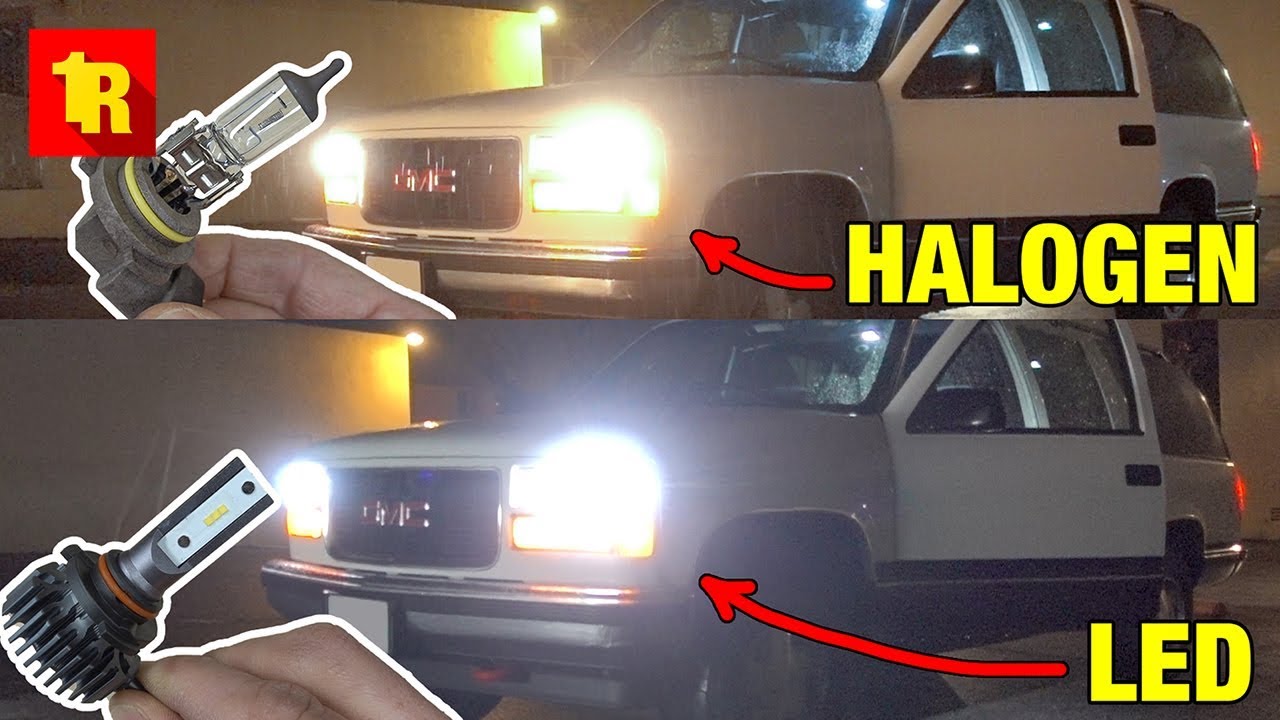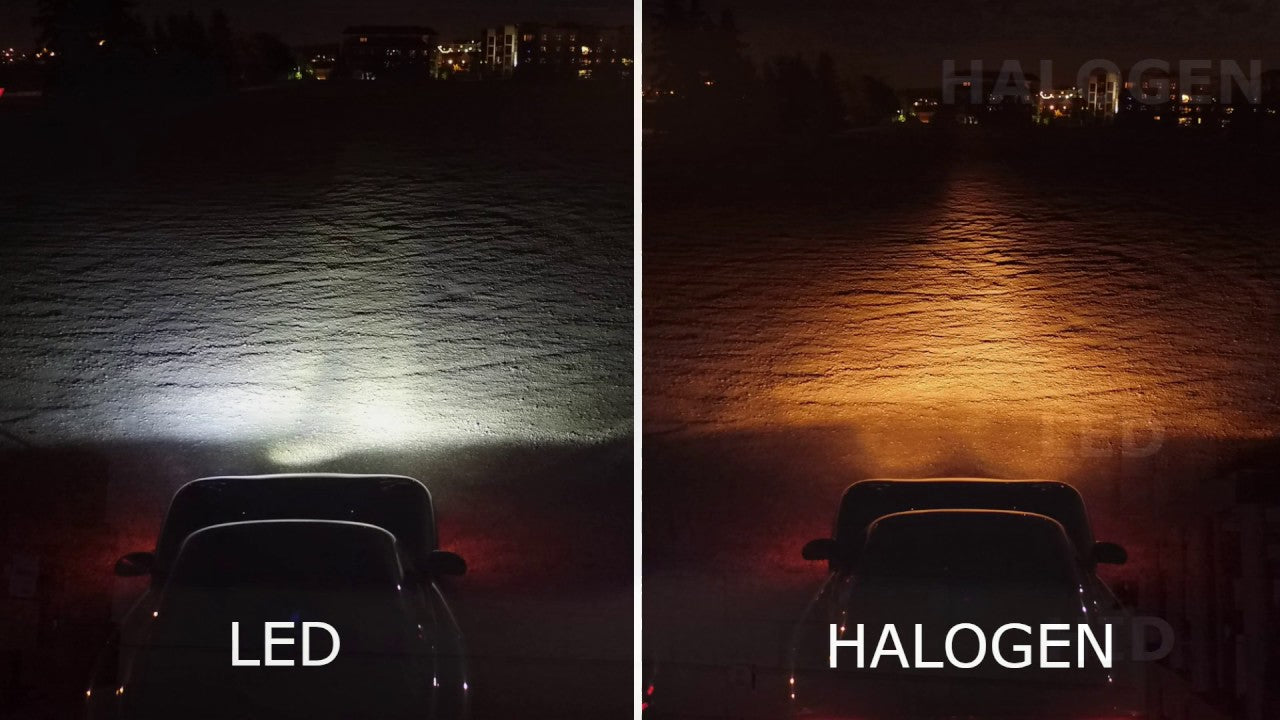When most people think of good driving habits, they imagine safe and courteous driving strategies. However, what you may not realize is that your driving can have a direct impact on your vehicle’s engine. So, if you are relying on the wrong tactics, you could be lowering the lifespan of your engine.
Don’t worry, there is still a lot you can do to remedy the situation. Just make a note of the driving habits that you should be learning and be sure to follow them whenever you’re on the road. You will end up doing your car’s engine a world of good!
Here are the details:
-
Take It Easy During the Breaking-In Period
You’ve probably heard of breaking in new shoes, but have you ever heard of breaking in a new engine? If the answer is no, you certainly aren’t alone. Nevertheless, it is important to be gentle with a new car. During this period, you will “prep” your engine so that it is capable of running as smoothly as possible. This helps to maintain the longevity of this component.
So, how do you break in your engine? Now, the exact details can vary from one make and model to another. Thus, it is a good idea to check your car’s manual. If you aren’t in the mood to do this, though, the process is quite consistent among all cars.
The break-in period is often between 600 and 1000 miles. During this time, you should follow these guidelines:
-
Don’t reach the top speed or wide-open throttle
-
Vary the RPM across the middle range
-
Avoid hard stops
-
Don’t tow
Yes, you may get a little frustrated following these rules during the break-in period. However, you will be glad that you did so in the long run.
-
Watch Your Speed
There are many reasons why you shouldn’t speed. Certainly, safety is a big factor as it’s easy to lose control of your car when driving at higher speeds. If this isn’t enough motivation, you may want to slow down simply to stay on the right side of the law.
Now, there is a third reason why you should travel at a more reasonable speed – your engine. Every car has an ideal cruising speed. This tends to be around 55 to 65mph. At this point, your engine has to make an effort to keep the car moving, but not much.
All this will change if you try to go faster and especially if you try to hit top speed. Then, your engine is forced to work harder. Not to mention, it has to use more fuel as well which forces the pistons and other parts to work at a more furious pace.
If this is something you do on a continuous basis, you may find that your engine begins to wear out rather quickly. So, do yourself a favor and try to stick to the cruising speed as much as possible.
-
Pay Attention to How You Shift Gears
If you have an automatic transmission system in your car, then you don’t really need to follow this tip. On the other hand, if you have an old or newer manual transmission, this is a point you should pay attention to.
The first thing you need to avoid is “lugging”, so always make certain that you are in the right gear. Lugging is when the car shakes or moves too slowly. Such a phenomenon occurs when you are driving in a gear that is too high for your speed. Lugging can put a strain on your engine and result in cylinder head damage.
Another similar driving habit to steer clear of is “engine braking”. This is when you are driving in a higher gear and then move to a lower one. As you do so, you remove your foot from the gas. The result is that your car slows down without using the brakes.
Some people may use engine braking to make it easier to navigate corners more efficiently. Keep in mind that this strategy also causes wear and tear on your engine. Therefore, it is best to keep the engine braking to a minimum.
-
Take the Time to Warm Up Your Car in Low Temperatures
Most people find it difficult to wake up and get moving on a cold day. Well, your engine is a lot like that. When the temperature drops, batteries discharge more quickly and have a lower charge in the morning. This, in turn, means that the engine requires more power to start up.
There is also the fact that oil is affected by the cold. It is thicker, reducing the efficiency of the moving parts of the car. Last, but not least, fuel can be more difficult to burn in low temperatures. This is why it is important to give your engine plenty of time to warm up before you hit the road.
-
Minimize Your Car’s Load
What many people don’t realize is that smaller cars aren’t meant to haul around heavy loads. It is mostly larger vehicles with big engines that have been designed to tow and carry heavier weights. So, if you have an average-sized vehicle, you may want to limit how much you carry.
When you try to make your car transport heavy loads, you are actually putting quite a bit of strain on the engine. And, as mentioned, this can result in wear and tear as well as damage. This is especially true if you are carrying loads through rough terrain.
To know just how much your car – and engine – can handle, check out your owner’s manual. This will tell you how much weight you can safely carry without doing any damage to the engine.
There you have it – the top driving habits that will help extend the life of your engine. Follow these and you are guaranteed to be able to cut down on repairs, replacements, and more.
image Source: https://www.pexels.com/photo/person-driving-car-1073031/




